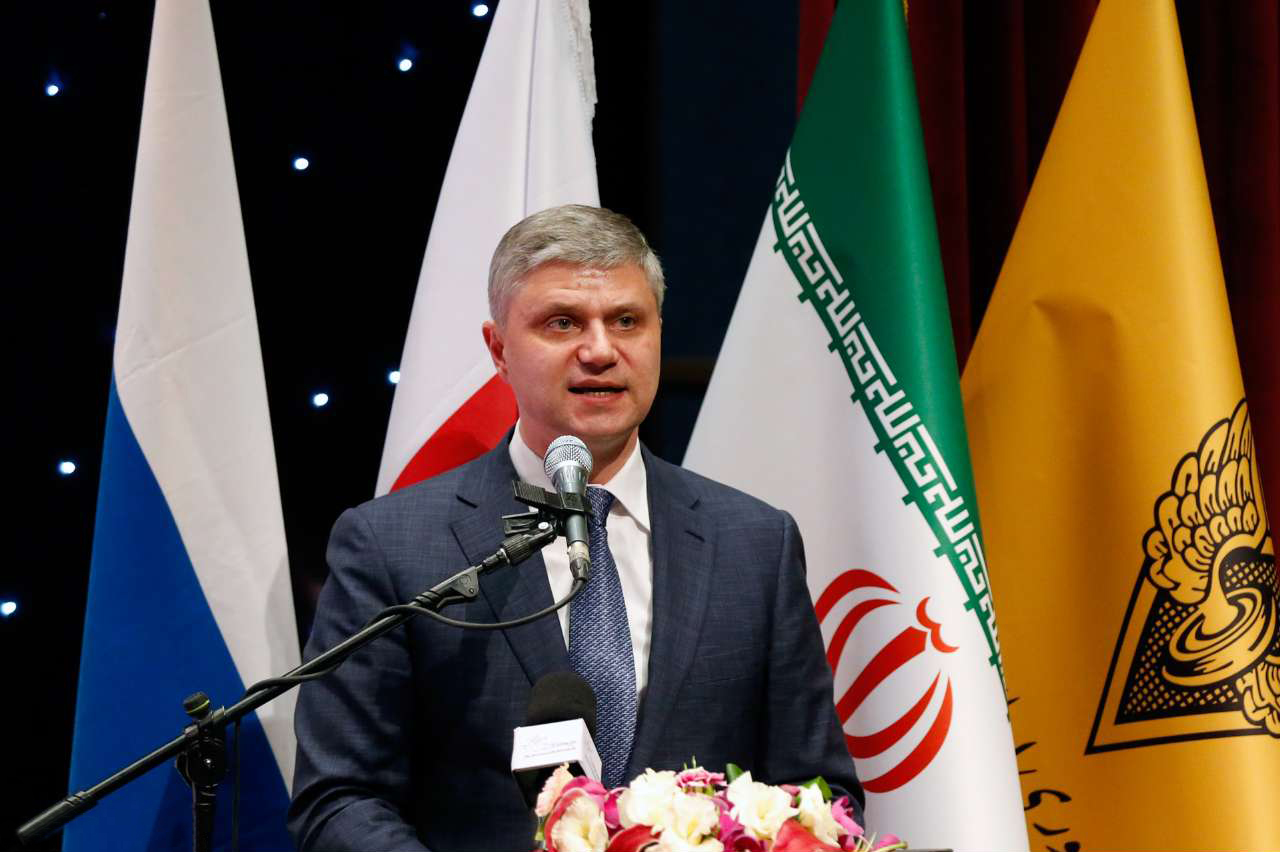The project to electrify a railroad connecting the Iranian city of Garmsar in Semnan Province with Inche Borun near the border with Turkmenistan will double the maximum speed on the link, while its capacity will grow fourfold to 10 million tons per year, the head of Russian Railways said.
Oleg Belozerov visited Iran to attend the launching ceremony for the $1.2 billion project undertaken by the Russian state-owned company on Monday.
The railroad stretches to Turkmenistan and Kazakhstan, linking Central Asia to the Persian Gulf and beyond.
“It will also increase safety and reduce emissions into the atmosphere. All this creates conditions for the growth of cargo turnover along the international transport corridor ‘North-South’ and intensification of economic relations in the Caspian region,” Belozerov was quoted as saying by RT.
The length of Garmsar-Inche Borun Railroad is 495 km, according to the Russian news agency, which was previously reported in the Iranian media to be 430 km long.
The International North-South Transport Corridor, a 7,200-km multimodal network of ship, rail and road routes, is a major transit route designed to facilitate the transportation of goods from Mumbai in India to Helsinki in Finland, using Iranian ports and railroads, which the Islamic Republic plans to connect to those of Azerbaijan and Russia.
The corridor will connect Iran with Russia’s Baltic ports and give Russia rail connectivity to both the Persian Gulf and the Indian rail network. This means goods could be carried from Mumbai to the Iranian port of Bandar Abbas and further to Baku. They could then pass across the Russian border into Astrakhan and then proceed to Moscow and St. Petersburg, before entering Europe.
INSTC would substantially cut the travel time for everything from Asian consumer goods to Central Eurasia’s natural resources to boost European exports. It is estimated to reduce the time and cost of transportation of goods between India and Europe from 40 to 15 days. The corridor is said to have the potential of diverting up to 10 million tons of India-Europe trade to the route.
The electrification of Garmsar-Inche Borun rail route will be completed in about 4.5 years. It provides for the electrification of the Garmsar-Inche Borun line with a total length of 495 kilometers, including 203 kilometers in the highlands, 31 stations and 95 tunnels.
The project also reportedly covers the supply of maintenance vehicles and electric locomotives and extension of technical assistance during the first year of the project.
The contract for this project was signed between Iran and Russia in 2015.
“As per the agreement, the electric locomotives will be manufactured inside Iran and in cooperation with Iranian firms,” Mohsen Pourseyyed-Aqaei, former managing director of Islamic Republic of Iran Railways, said at the time.
Russian Railways completed another similar project in Iran in 2012: the electrification of Tabriz-Azarshahr Railroad.
Russian Railways' First Vice President Aleksandr Misharin said in April that the project can be much broader, announcing that Iran has proposed railroad electrification projects worth €3 billion to Russia.


